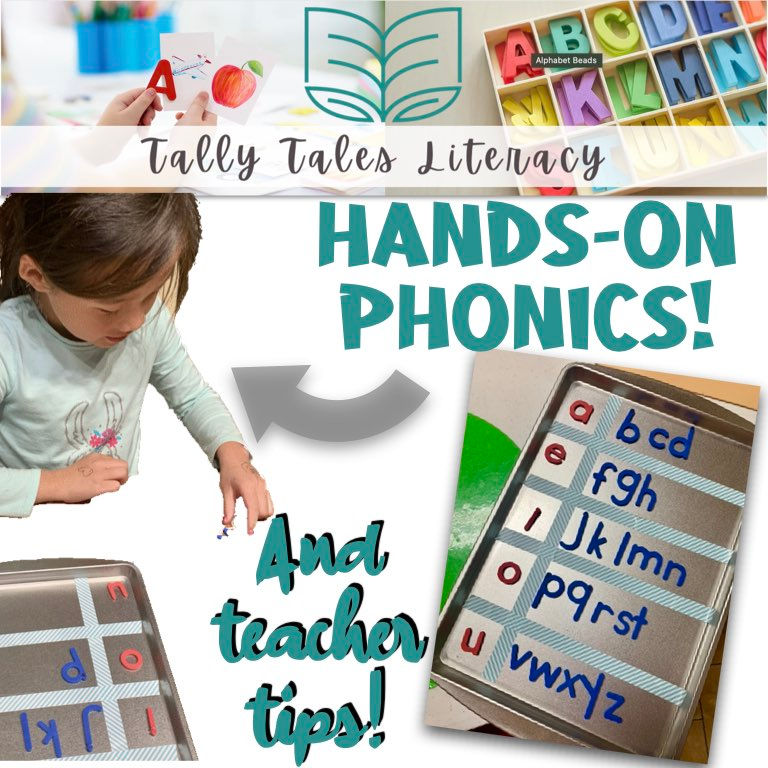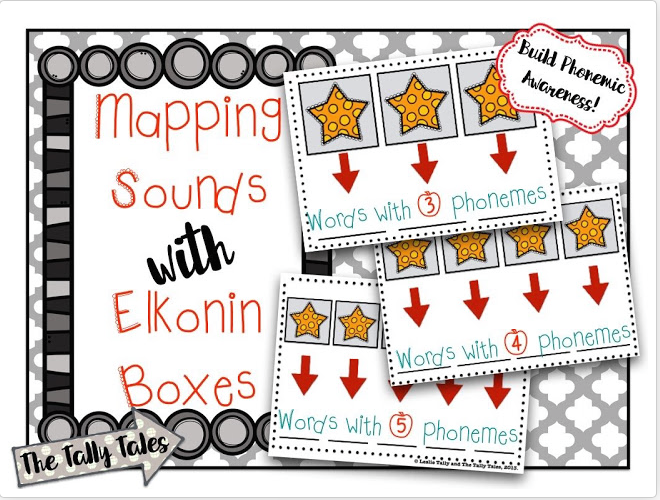5 Big Tips for Using Anchor Charts Effectively
- Leslie

- Jan 20, 2020
- 4 min read

Anchor charts are all the buzz, aren't they? And for a good reason... they are fantastic teaching tools! There are a few tips worth remembering, though, as you plan to implement anchor charts into your daily instruction. Here are a few very real-life, no-fluff guidelines that I follow when using anchor charts in my classroom. Note the emphasis that these are my personal guidelines. I do think they are worth sharing, though. Just keeping it real, friends...

1. Anchor charts are about more than being "cute."
This is my number one rule because, let's face it: it's hard to resist the urge to make adorable, lamination-worthy posters to adorn your wall and make your classroom look good... Especially considering what I like to refer to as "Pinterest Pressure." Teachers (myself included) really feel the need to make it all look so cute. But that's not what anchor charts are really about.
You can take one look at some of my anchor charts and know immediately that I am not an artist. Seriously. I've included pictures throughout this post as proof; No one is going to pin my anchor charts because "they are so cute," and I'm perfectly fine with that.
Anchor charts are not pieces of artwork to adorn my wall; they are instructional tools that convert into reference sources for my students.

2. If you create anchor charts ahead of time, you are short-changing your instruction.
Okay, don't start throwing things at me yet. Here me out. I have some amazing teacher friends who spend countless hours at home creating amazing anchor charts that would be great reference sources for their students and really do look amazing. Seriously, they put my pitiful little charts to shame. Hats off to them for investing that time and creativity into their anchor charts! It's impressive, really.
But.
Creating the charts ahead of time is not nearly as effective, in the instructional context, as creating them while you teach. I usually start with a blank outline on my paper, and I fill in the details as I teach. As often as possible, I include my students' suggestions and ideas on my anchor charts as well. This makes the content personal for them, and therefore, it's automatically more relevant. Since I started creating anchor charts during instruction, I have noticed an increase in the extent to which my students refer back to them independently as well. I can guarantee that your anchor charts won't be as "cute" when you create them during instructional moments, but I can also guarantee that they will be more effective teaching tools thereafter.

3. DO NOT laminate your anchor charts to "use next year."
Ouch. I know: This one is really, really hard, I know. However, if you paid attention to guideline #2, then this makes sense. If you are creating your anchor charts during your current instruction and making them relevant to your current students, then those anchor charts will have no place in next year's classroom with next year's students. If you laminate them, you will keep them. If you keep them, you will use them next year. If you use them next year, you will not create anchor charts for those students during instruction. It sounds vicious, I know. But here's another little secret; when you don't spend those countless hours of your precious time outside the classroom making those anchor charts ahead of time, then it doesn't hurt your heart nearly as much to not keep them.

4. Fill your anchor charts with rich content-specific vocabulary.
This sounds like a no-brainer, but I really do see a lot of anchor charts that don't use the "big" words, because teachers are afraid their students won't be able to interpret those terms on their own later. First of all, creating anchor charts during instruction helps alleviate this difficulty for students. Secondly, when you include rich, content-specific vocabulary on your anchor charts, your anchor charts also serve as a very rich content word wall. I don't use content vocabulary on my word wall because I put it all on my anchor charts, where students also have a great supply of visual cues to help them retain (and apply) the meaning of those terms throughout the year.
5. Bottom line- anchor charts should help students better visualize and apply comprehension skills.
Let go of the "fluff." Find a method for creating and displaying your anchor charts that works for your students and use it relentlessly. I keep my anchor charts displayed along one wall in my classroom, and I frequently "walk the wall" while teaching, referring back to skills we have covered over and over again. If you create and display an anchor chart, but never refer to it again, your students will do the same. The goal is to provide them with a visual reference that will help support their independent comprehension. If you consistently redirect them back to your anchor charts during instruction, then they will begin to follow that pattern independently. Over time, they will store those visual references away for long-term memory use. At that point, they will have the tools they need for strong, independent comprehension.

I'll wrap it up...
I have been brutally honest here, but teaching children how to read is no small task. It's a process, and you have to keep the end goal in mind or you will get lost in all the "cutesy stuff." I am not saying classrooms can't be cute; I am saying they shouldn't be only cute, and we have to stay the course here. Every decision has to be intentionally focused on the outcome, and anchor charts can be highly effective in supporting reading instruction.
Do you have personal guidelines you follow when you create your anchor charts? I'd love to hear about them!




Comments